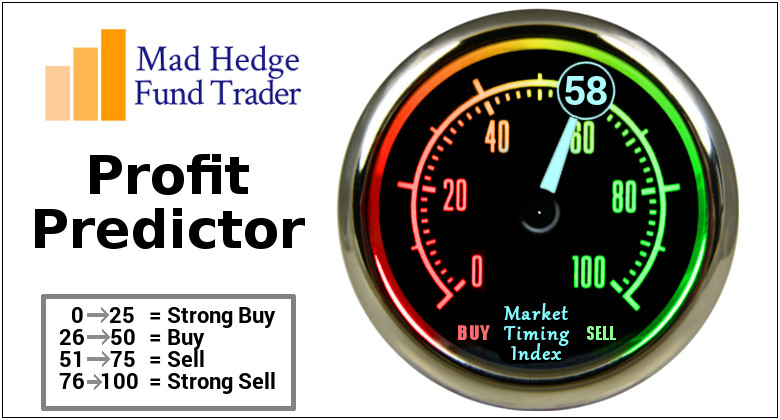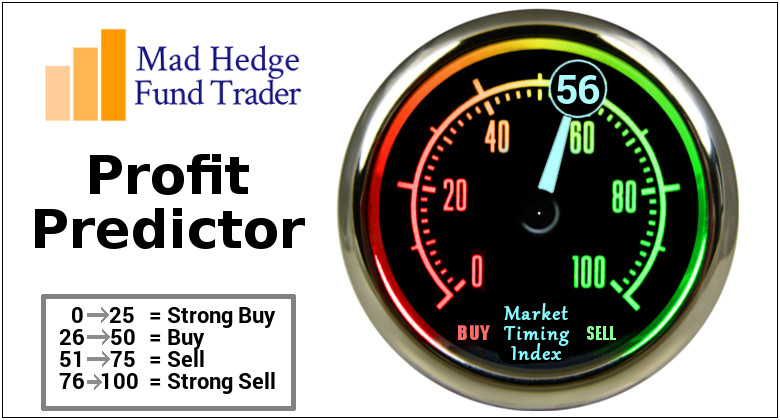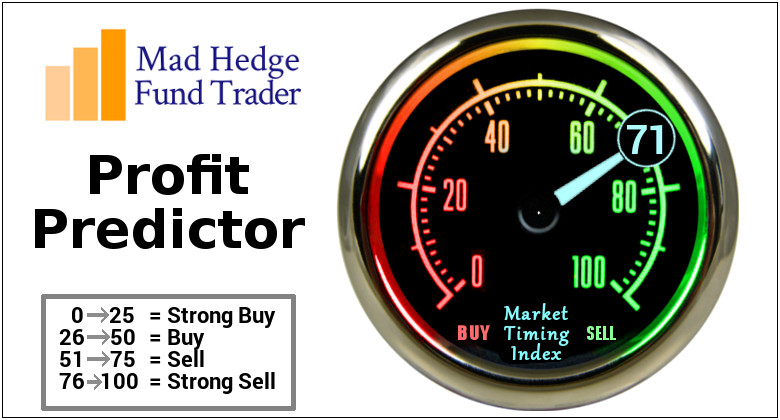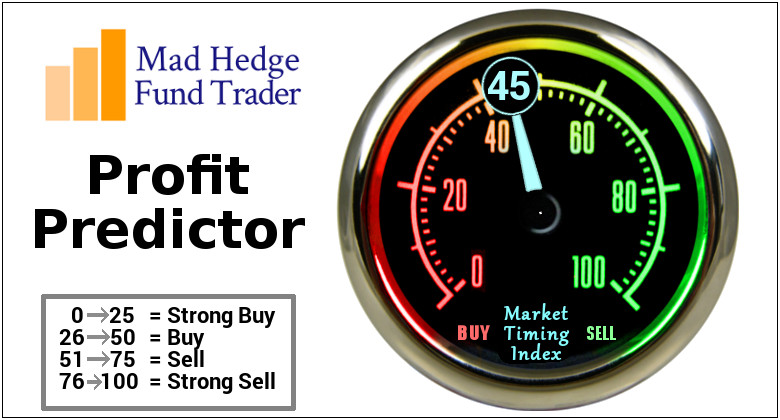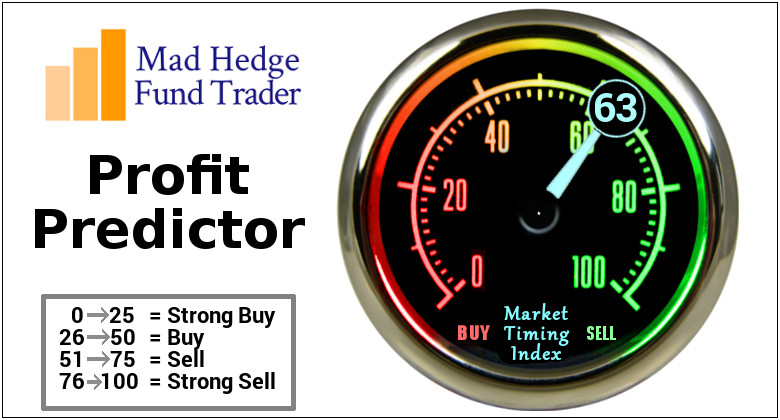Is the trade war on or off? Trillions of dollars in cash flow and investment depend on the answer to the question.
Traders and investors can be forgiven for being confused. It was only a week ago that a doubling of duties on Turkish imports were threatened because of an American pastor locked up there two years ago, triggering a stock meltdown.
Then, on Wednesday night presidential economic advisor Larry Kudlow hinted that he would meet with a Chinese trade delegation, prompting a 400-point Dow melt-up. Please note that except for Apple (AAPL), technology stocks did not participate in the rally one iota.
In the meantime, Apple continued its relentless march to my $220 target for $2018, so you might think about taking some money off the table. The market capitalization now stands at a staggering $1.05 trillion, the largest in the world.
It vindicates my call that at any time the administration could suddenly declare victory in the trade war, prompting a major stock market rally, regardless of the outcome.
So what happens next. Expect the trade talks to fail, or not happen at all. Market meltdowns will be followed by melt-up, then meltdowns again. Certainly, that's what the soybean (SOYB) market believes, that new canary in the coal mine for our global trade wars. It barely moved this week.
Hey, if trading were easy it would pay the federal minimum wage rate of $7.25 an hour, so quit your complaining!
As if trade wars were the only thing to worry about these days.
There is a mass protest underway at Alphabet (GOOGL) over the company's proposal to re-enter the China market. No one wants to assist the Middle Kingdom's harsh censorship regime, and some 1,000 employees have already signed a petition to this effect.
Emerging markets (EEM) continue to get pounded by trade wars and a strong U.S. dollar (UUP), which has the effect of increasing their companies' local currency debt.
Elon Musk continues his slow motion public nervous breakdown, cutting Tesla's stock at the knees down to $305. I hope you all took my advice last week to unload the stock at $380.
Netflix (NFLX) shares are undergoing a serious pullback now that it is in between upgrade launches, and the trade wars and strong dollar eat into international subscriber growth, about 80% of the total. Don't forget to buy this dip.
With the Mad Hedge Market Timing Index stuck dead on 50, I am not inclined to reach for trades here. A reading of 50 gives you the perfect "do nothing" indicator.
As is always the case when I return from vacation my first few trades are a rude awakening. August is now showing a modest return of 0.23%. My 2018 year-to-date performance has clawed its way up to 25.03% and my nine-year return appreciated to 302.61%. The Averaged Annualized Return stands at 34.91%. The more narrowly focused Mad Hedge Technology Fund Trade Alert performance is annualizing now at an impressive 32.24%.
This coming week housing statistics will give the most important insights on the state of the economy.
On Monday, August 20, there will be nothing of note to report. It will just be another boring summer day.
On Tuesday, August 21, same thing.
On Wednesday, August 22 at 9:15 AM, we learn July Existing Home Sales. Will the rot continue? Weekly EIA Petroleum Inventory Statistics are out at 10:30 AM. The Fed Minutes from the meeting six weeks ago are out at 2:00 PM EST.
Thursday, August 23 leads with the Weekly Jobless Claims at 8:30 AM EST, which saw a fall of 12,000 last week to 212,000. Also announced are July New Home Sales. The two-day Jackson Hole Symposium of central bankers starts in the morning.
On Friday, August 24 at 8:30 AM EST, we get July Durable Goods. Then the Baker Hughes Rig Count is announced at 1:00 PM EST.
As for me, it is back to school week for me, so I will be making the rounds with the new teachers at two schools. I have to confess that at my age I have trouble distinguishing between the students and the teachers.
Finally, a sad farewell to Aretha Franklin, the Queen of soul, who provided me with a half century of listening pleasure. When I was young, I couldn't afford to go see her, and when I got old I didn't have the time. Isn't life lived backward?
Good luck and good trading.









